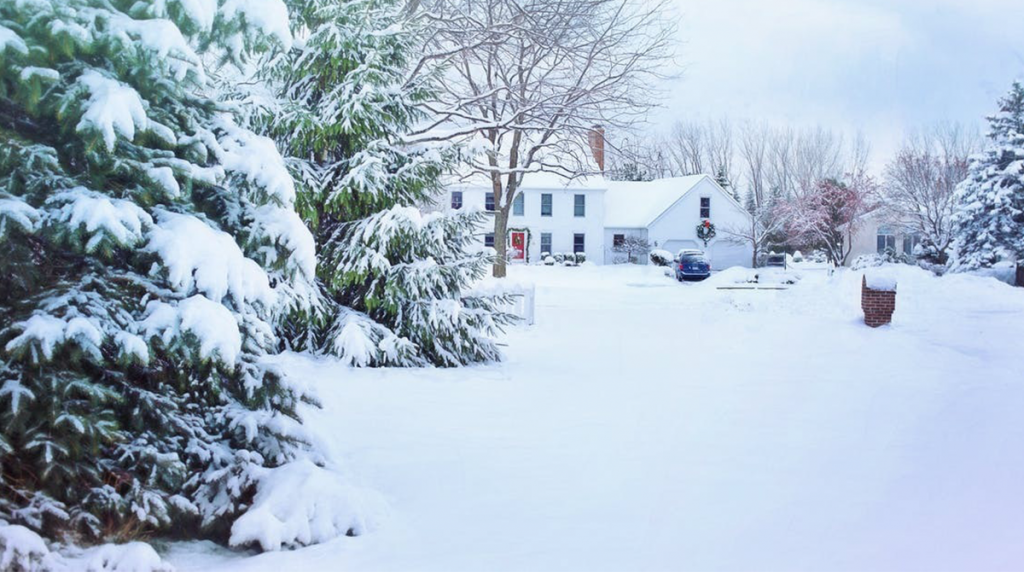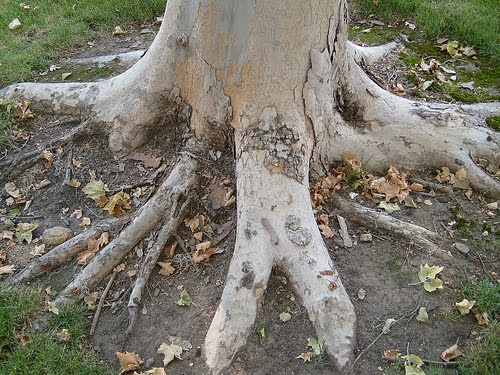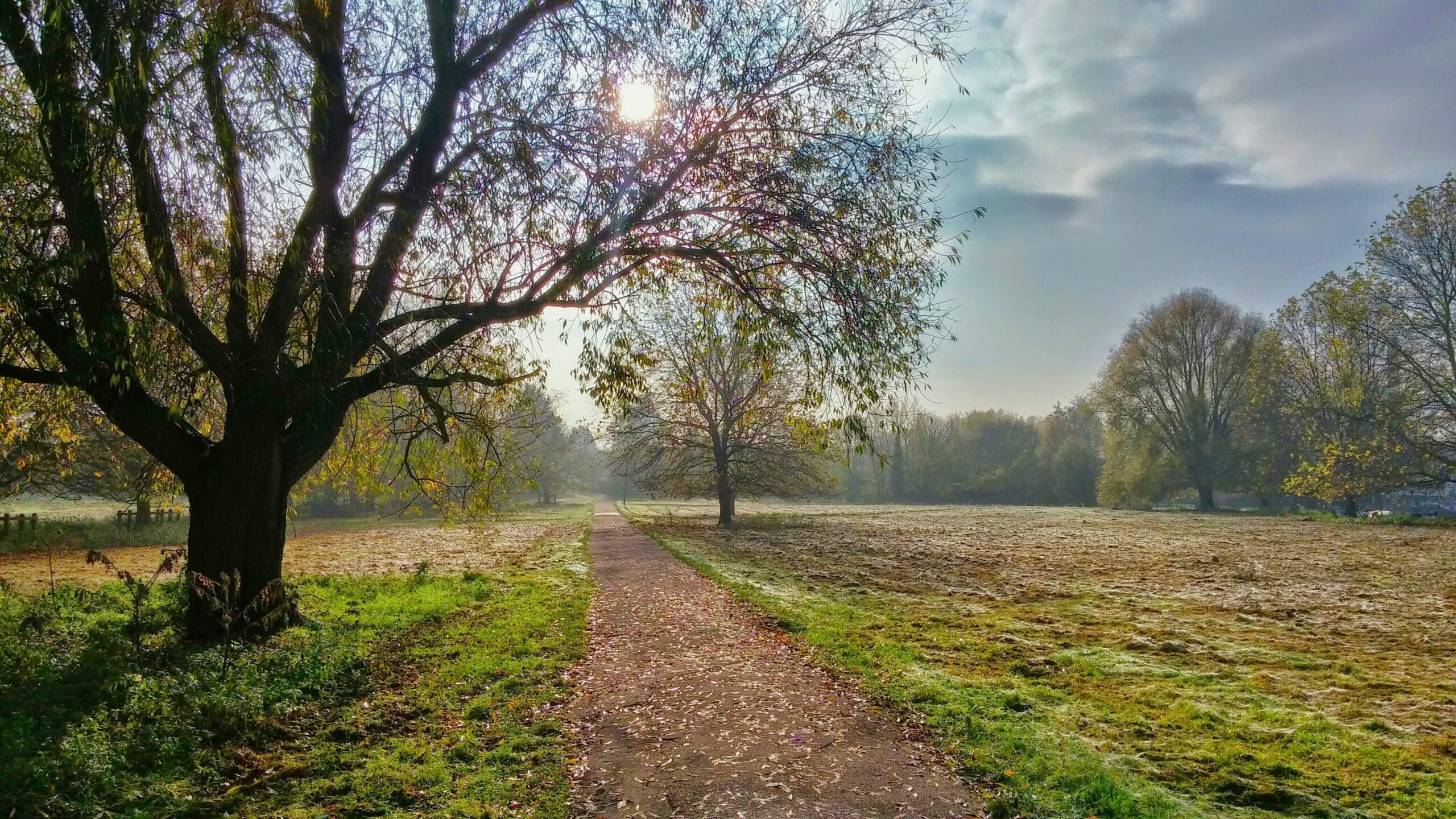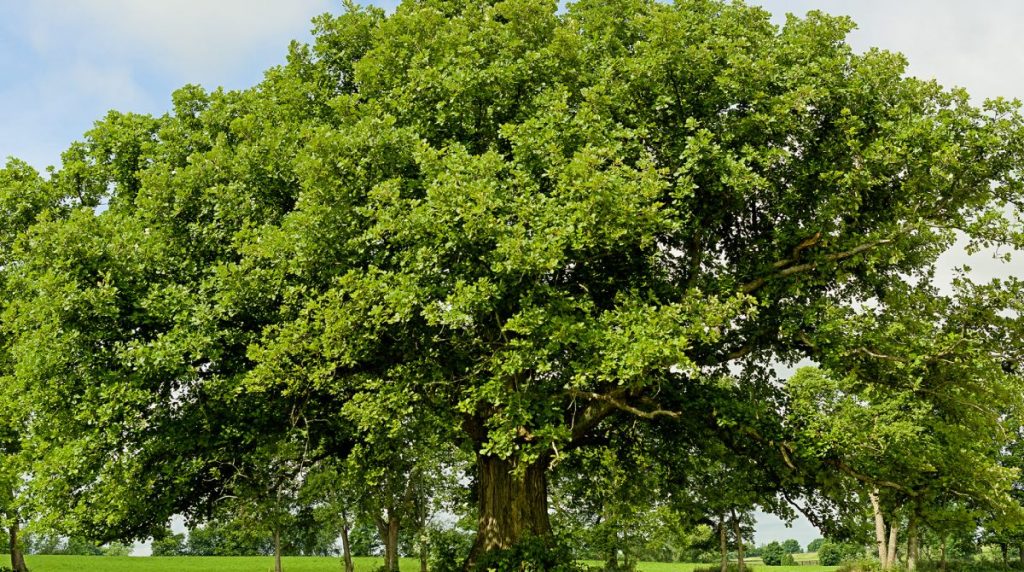
The Benefits of Winter Tree Pruning
Date December 08, 2020
Category
One way to keep your trees healthy and growing strong is to prune them. You may not realize it, but there are some benefits that come with winter tree pruning. You’ll likely find that your trees thrive and are even more beautiful in the spring and summer months when you take proper care of them throughout the year.
The overall consensus from the tree experts is that winter pruning yields better results. In fact, some major pruning work should only be done during the winter, like pruning fruit trees because it maximizes fruit production.
What is Dormant Pruning?
Before diving into the benefits of winter tree pruning, you may hear the term dormant pruning and wonder what this is exactly. Dormant pruning is the process of performing routine maintenance pruning on trees and shrubs at a time when they are not actively growing. You can accomplish many tasks when it comes to pruning your trees in winter, such as elevating low hanging branches, removing damaged and broken limbs, and creating more space between your home or structures and the landscaping you have. It’s good to know that your plants and trees can likely withstand more dramatic pruning during the winter, so you can ensure walkways and pathways are clear and that you remove any branches that could be a safety concern.
With dormant pruning, you’re also able to reinvigorate the overall health of your trees. As a bonus, you can give your property a clean and manicured look when the landscaping and yard often look plain and dull. Dormant pruning is often more aggressive, with larger cuts being made to create more vigorous growth in the spring, which leads to a healthier tree. To be able to tell if your tree is dead or dormant, you should check the stems. Healthy stems are firm and green on the inside. Stems that are brittle and crack easily are likely dead. If the stem is mushy, it is likely very dead.
You’re actually promoting plant health if the pruning is done correctly and at the proper time of year. You’ll be removing unhealthy branches so that the tree can rejuvenate and thrive. Dormant pruning involves corrective action, which means getting into the tree and hard pruning branches to:
- Remove diseased, dying, or dead branches
- Reshape an overgrown tree so it can flourish in the spring
- Restore the health of a suffering tree
You may be wondering how cold is too cold to prune and trim trees. Pruning causes a brief period of decreased winter hardiness. Large cuts and cuts on young trees are potentially the most hazardous. If near-freezing temperatures are predicted, you should stop all pruning at least five days before the cold weather is expected.
Less Stress on Your Trees
One benefit of winter tree pruning is that it’s less stressful on your trees. When they’re actively growing during the other seasons of the year pruning them can be stressful on your trees. It will also likely stimulate additional growth and make it difficult to harden before the temperatures drop in winter. Winter is the perfect opportunity to prune them because they go dormant. For trees, dormancy declares when to prepare their soft tissues for freezing temperatures, dry weather, or water and nutrient shortage. Instead of energizing and growing, they know to stop growing and conserve energy until mild weather returns. There’s less stress on the tree in winter because there’s minimal sap loss when pruning.
Better Results
Another reason to prune your trees in the winter is that it yields a better result. You’ll have an easier time maintaining structural integrity because, without the leaves on the tree, you can see the best places to prune it. It’ll be clear what needs trimming and requires your attention. You can also more easily get to and access vulnerable areas, such as diseased or damaged branches. Your pruning will be more effective this way, and you’ll have a healthier tree for it. Also, tree canopy cleaning can be done efficiently during winter, which will result in more sunlight penetration to turf and understory plantings. Thinning helps reduce the size and as much as one-third of the plant may be removed.
Corrective pruning will not damage new growth while plants are in “sleep mode” for the cold season. Winter tree pruning also gives your tree a better chance of healthy growth. When dead or damaged branches and limbs are left in place, the tree sends a lot of nutrients to the limbs in an attempt to repair them. What this means is fewer nutrients and energy for the remainder of the tree.
Limits Exposure to Pests & Diseases
Some pests and diseases can emerge and impact your pruning. However, during winter, these are dormant, making the winter months an ideal time to prune trees. If there is diseased or damaged wood present, it’s more visible to you when trees are bare. There are certain trees that you should only prune during the cold months for this reason. For instance, oak trees are susceptible to beetle infestations and oak wilt, which can be detrimental to the tree and its health. There are open pruning wounds that make your tree more susceptible to pests and disease in the spring, so winter will reduce the risk of this spread. You’re also able to ensure your yard and those you love can stay safe when you prune your trees. As trees age, the limbs often become weak, damaged, and diseased. Leaving them makes them more prone to fall and create safety concerns or damage during the winter, so it’s best to remove them right away. Leaving dead or diseased limbs or plants in place can encourage the damage to spread to healthier areas.
Enhances & Preserves the Look of Your Property
Your trees are bare in winter, and you can clearly see them and their shape. Pruning them in the winter helps shape your trees, so they look best on your property. You can use pruning to promote or constrain growth and to ensure your tree branches aren’t in the way of walkways or your home’s foundation or structure. It’s also good to do in the winter because you’re less likely to disturb neighboring plant life. It also makes your life easier because you’re only focused on one job, and that’s pruning your trees. During the warmer months, you have other outside tasks such as cleaning up and taking care of your landscaping and flowers. Finally, there’s less risk of equipment causing soil compaction because of the firmer ground.
It’s a chance to reshape overgrown trees and improve the look of your home. As it stands now, your tree or the branches might be overtaking a sightline or has branches sticking out everywhere. You want to get it to the right size and shape, which can be achieved using dormant pruning techniques. Pruning in the winter will make your tree more attractive and help to create a strong tree. It’s especially important for your younger trees. The appropriate amount of pruning at a younger age will create less of a chance of corrective pruning as the tree begins to age.
Spring Growth is Better
Your trees will be ready for spring growth and can start the season when you prune and take good care of them in the winter. Your trees can be at their healthiest as springtime rolls around and new growth will emerge. You may limit the plant’s bloom potential for the year if you prune after the onset of new growth. You’ll not only be putting less stress on the tree when you choose to dormant prune, but you’ll be making way for new and robust growth as spring and summer arrive. You’re likely to experience and see a flush of new growth come spring. The new foliage that emerges has plenty of time to harden off before the ruthless temperatures of summer set in.
As trees grow, it’s common for areas to become thick and overgrown with branches. When too much growth happens, it decreases the opportunity for proper air circulation. The decreased air circulation can then lead to diseases setting in. Thinning out these overgrown and flourishing areas promotes proper air circulation.
Longevity
Your tree will likely live a longer and healthier life when you prune and maintain it. Trees that are in good health are strong and can most of the time withstand gusty winds, large snowfalls, and ice. You’re giving your trees a positive start to the next growing season and a chance to remain in good health and standing for years to come. Planting trees takes time and patience, so it’s best if you can care for and save the trees you have in your yard already. Cutting down trees is a big job and can be expensive, so it’s in your best interest to prune them in the winter and ensure their longevity.
Spring & Summer Trimming
All this talk about winter may have you also wondering if you can trim and prune your trees during other times of the year, such as spring and summer. The recommendation is that pruning your trees in the spring and summer is a fine option. You’ll likely do so for safety or aesthetic reasons during these months. However, keep in mind that dormant pruning offers its own set of benefits that simply can’t be overlooked.
General Pruning Guidelines
There are a few reasons you should prune your trees in winter, such as promoting tree health, improving appearance, and protecting people and your property. Using the right tools will help ensure the job is easier for you and have a successful outcome. A good pair of pruning shears is probably one of the most important tools. Below are some tips about how to prune a tree:
- Remove large limbs first, starting with the top of the tree.
- Remove diseased, broken, or dead branches.
- Remove any downward-growing branches.
- If two limbs are crossed, entangled, or otherwise competing, remove one of them completely at its base.
- Remove any limbs along the trunk that are bigger in diameter than the trunk.
- Remove suckers coming up from the roots or low on the trunk.
- Remove vigorous vertical branches, called water sprouts.
- Make pruning cuts close to the branch collar at the base of the limb.
- For larger limbs, start the cut from the underside of the limb to avoid tearing the bark.
Next Steps
These are a few of the benefits of winter tree pruning. Overall, dormant pruning sets up trees for healthy, new growth. Now is the time for dormant pruning to take place. Schedule your appointment with our ISA Certified Arborists today to reap the rewards in spring. Hiring an arborist will take some stress off of you, and you can rest assured that your pruning is done correctly and with care. It’s up to you to give your trees the attention they need in the winter so you can protect them from the shock of the weather and ensure they’re off to a good start when spring comes.
Tree pruning is an important part of maintaining the health and beauty of your trees. Removing dead wood and damaged tree limbs can remove safety hazards from your residential or commercial property. At TreeNewal, we are a team of certified arborist tree service experts ready to improve the health and look of your trees. Our tree trimming and removal services are what you need to ensure your trees are big and strong now and in the future. As ISA Certified Arborist professionals, we can answer any questions you have and ensure that the work is done properly. Our promise to you is that your trees are in the best condition possible after we complete our job and they live a long and healthy life.
Your neighbors at TreeNewal are here to help you. To reach our ISA Certified Arborists for professional tree maintenance and tree services, or even if you just have some questions, give us a call today at tel:(817) 592-6846
To learn more about The Benefits of Winter Tree Pruning, call our Argyle and Southlake based teams
at tel:(817) 592-6846 or send us a message.
We’re a little different than the average tree services company.
Learn more about TreeNewal’s ISA Certified Arborists!
Our Dallas/Fort Worth-based tree doctors can explain how sustainable tree care services add more value to your bottom line.
Healthy trees, healthy lives.








